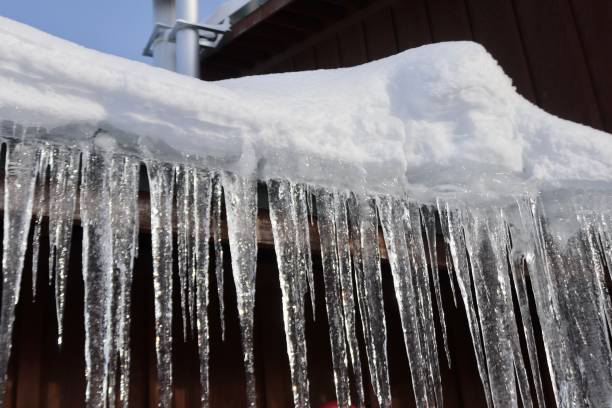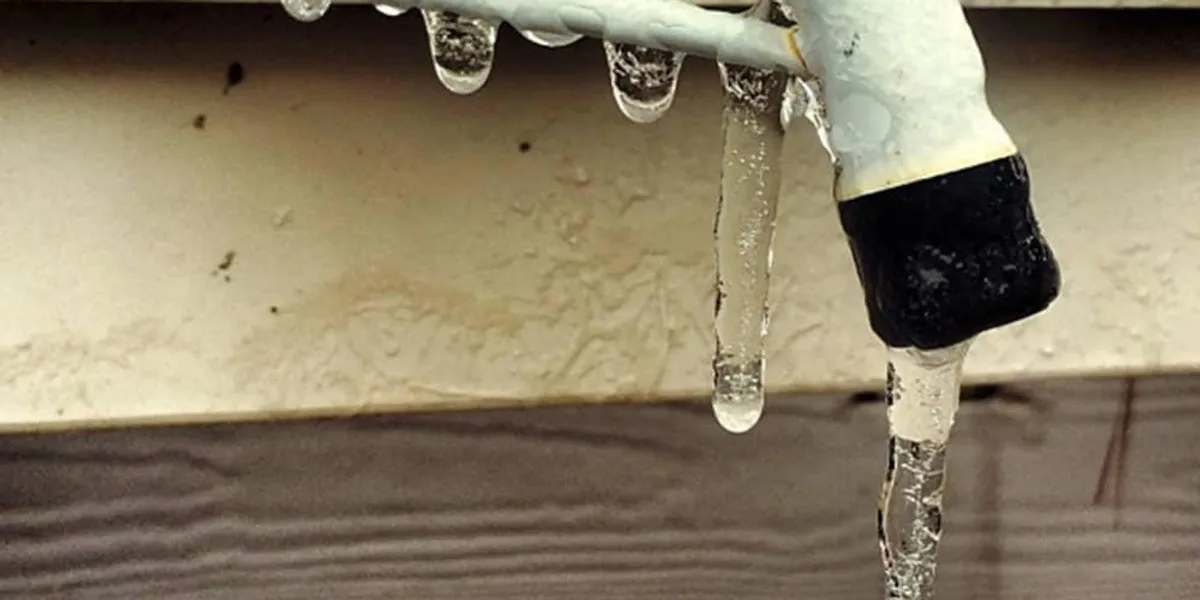The author is making several great points on Winter Plumbing Precautions: Preventing Frozen Pipes in general in this content just below.

Winter can wreak havoc on your plumbing, particularly by freezing pipelines. Below's exactly how to avoid it from happening and what to do if it does.
Introduction
As temperatures drop, the threat of icy pipes rises, potentially leading to pricey fixings and water damage. Understanding just how to avoid frozen pipelines is important for homeowners in cool climates.
Comprehending Frozen Pipelines
What causes pipelines to ice up?
Pipelines ice up when exposed to temperatures below 32 ° F (0 ° C) for extended periods. As water inside the pipes freezes, it expands, putting pressure on the pipe walls and potentially causing them to break.
Risks and damages
Frozen pipes can lead to water system interruptions, building damage, and pricey repair services. Ruptured pipelines can flood homes and trigger considerable architectural damage.
Indications of Frozen Pipeline
Recognizing frozen pipelines early can avoid them from breaking.
Exactly how to recognize frozen pipelines
Search for lowered water flow from faucets, unusual smells or noises from pipelines, and noticeable frost on revealed pipelines.
Prevention Tips
Insulating at risk pipes
Cover pipes in insulation sleeves or use warmth tape to secure them from freezing temperature levels. Concentrate on pipes in unheated or outside locations of the home.
Heating techniques
Keep interior areas sufficiently warmed, specifically areas with pipes. Open up closet doors to allow warm air to distribute around pipelines under sinks.
Safeguarding Exterior Pipes
Garden hoses and outdoor faucets
Separate and drain pipes garden hoses before winter months. Install frost-proof spigots or cover outside faucets with protected caps.
What to Do If Your Pipes Freeze
Immediate actions to take
If you presume icy pipelines, keep taps available to ease stress as the ice melts. Utilize a hairdryer or towels taken in hot water to thaw pipelines slowly.
Long-Term Solutions
Architectural changes
Consider rerouting pipes away from exterior wall surfaces or unheated areas. Add extra insulation to attic rooms, basements, and crawl spaces.
Upgrading insulation
Invest in top notch insulation for pipes, attics, and wall surfaces. Appropriate insulation assists maintain regular temperature levels and reduces the risk of frozen pipelines.
Conclusion
Stopping frozen pipelines requires aggressive procedures and fast feedbacks. By understanding the causes, signs, and preventive measures, house owners can shield their pipes throughout cold weather.
5 Ways to Prevent Frozen Pipes
Drain Outdoor Faucets and Disconnect Hoses
First, close the shut-off valve that controls the flow of water in the pipe to your outdoor faucet. Then, head outside to disconnect and drain your hose and open the outdoor faucet to allow the water to completely drain out of the line. Turn off the faucet when done. Finally, head back to the shut-off valve and drain the remaining water inside the pipe into a bucket or container. Additionally, if you have a home irrigation system, you should consider hiring an expert to clear the system of water each year.
Insulate Pipes
One of the best and most cost-effective methods for preventing frozen water pipes is to wrap your pipes with insulation. This is especially important for areas in your home that aren’t exposed to heat, such as an attic. We suggest using foam sleeves, which can typically be found at your local hardware store.
Keep Heat Running at 65
Your pipes are located inside your walls, and the temperature there is much colder than the rest of the house. To prevent your pipes from freezing, The Insurance Information Institute suggests that you keep your home heated to at least 65 degrees, even when traveling. You may want to invest in smart devices that can keep an eye on the temperature in your home while you’re away.
Leave Water Dripping
Moving water — even a small trickle — can prevent ice from forming inside your pipes. When freezing temps are imminent, start a drip of water from all faucets that serve exposed pipes. Leaving a few faucets running will also help relieve pressure inside the pipes and help prevent a rupture if the water inside freezes.
Open Cupboard Doors
Warm your kitchen and bathroom pipes by opening cupboards and vanities. You should also leave your interior doors ajar to help warm air circulate evenly throughout your home.

I'm just very inquisitive about Preventing and dealing with frozen pipes and I'm hoping you enjoyed the entire article. Be sure to take a moment to share this blog if you appreciated it. I value your readership.
Learn More
Comments on “Avoiding Frozen Plumbing in Cold Weather: Expert Strategies”